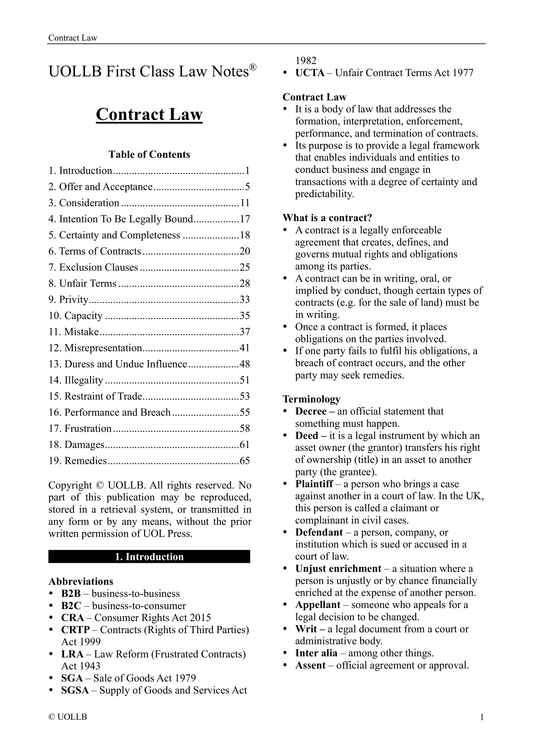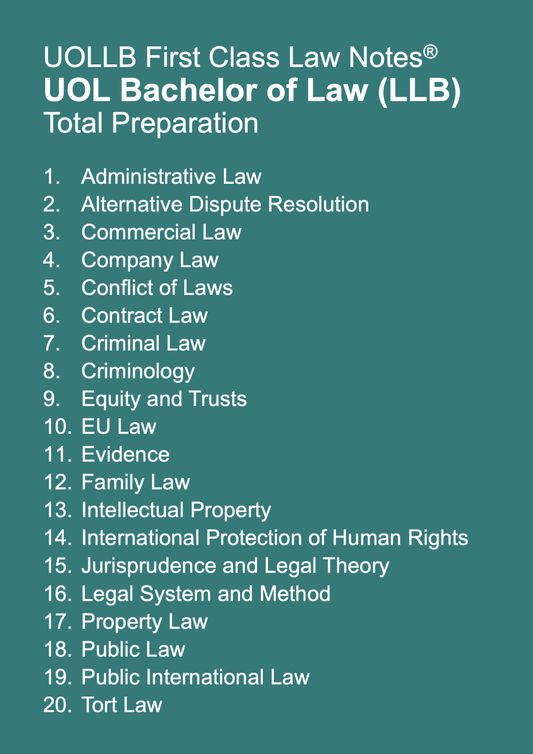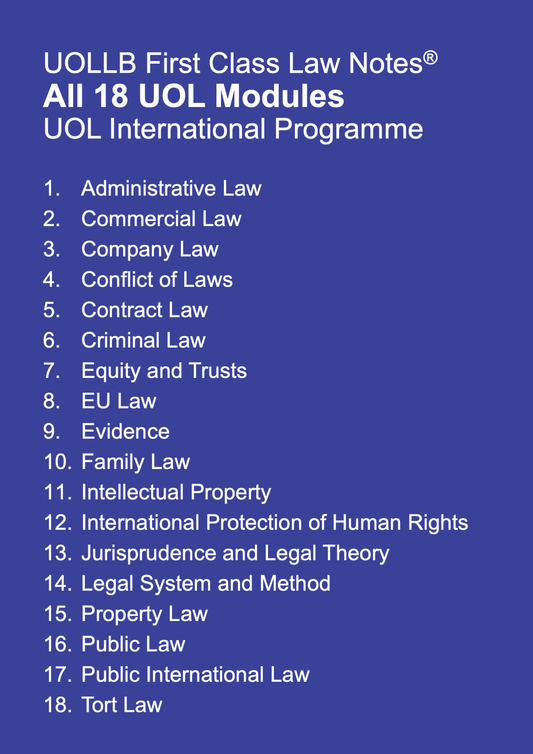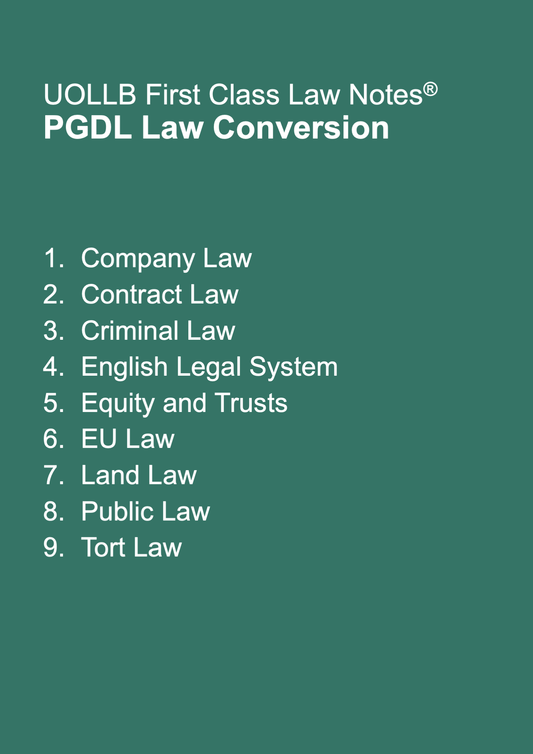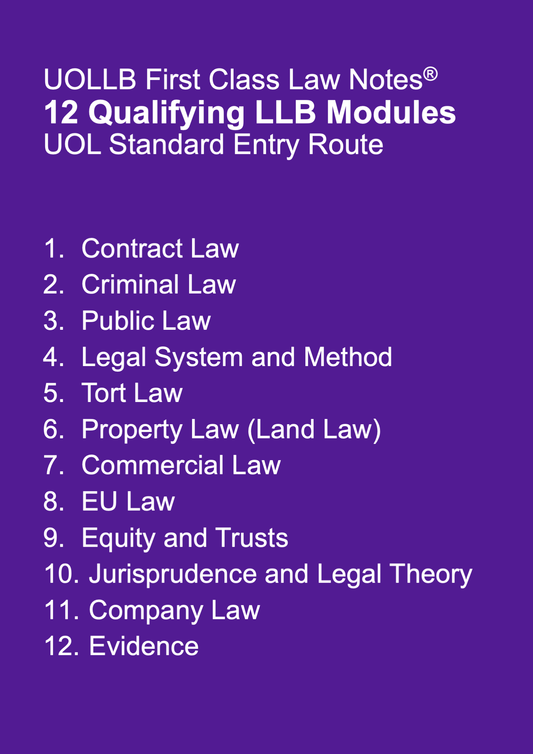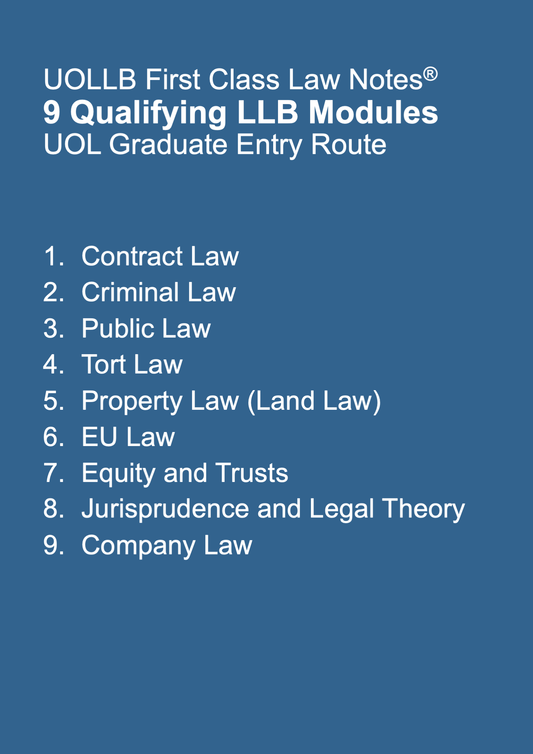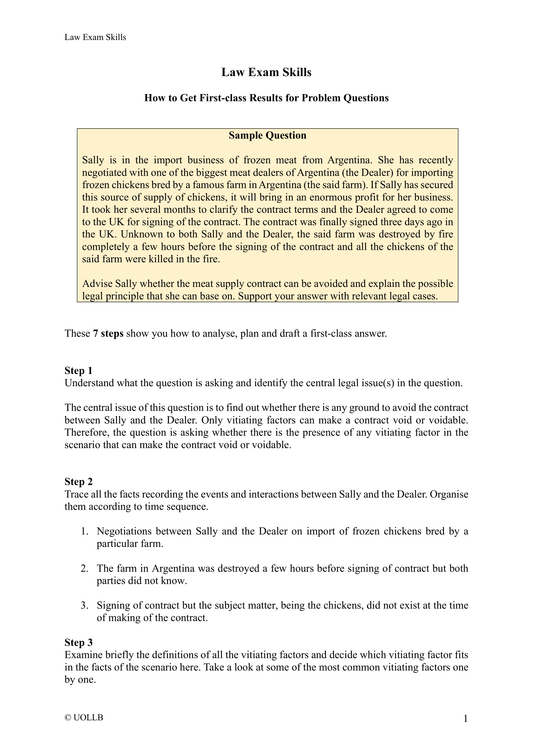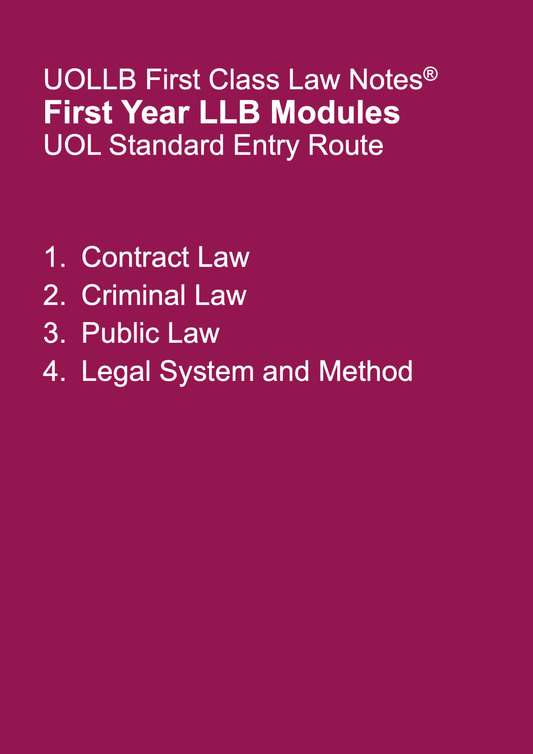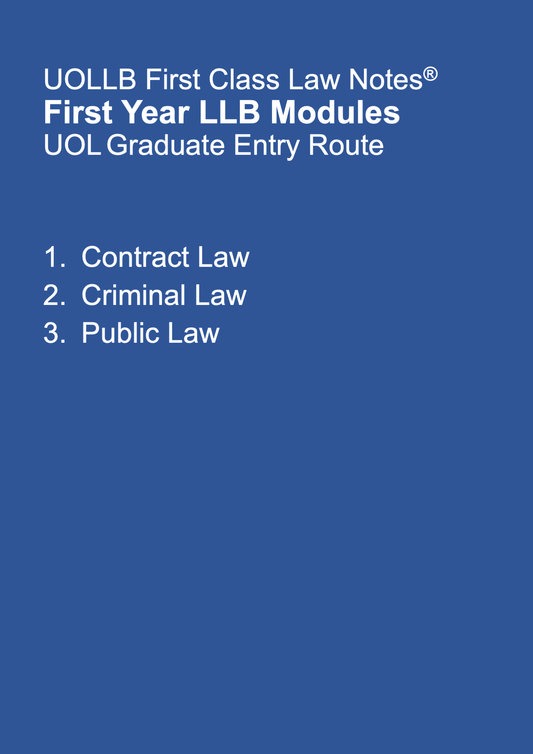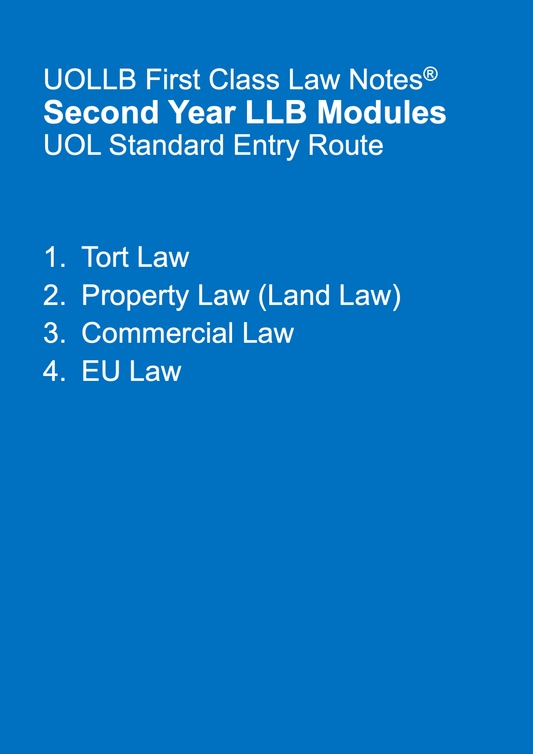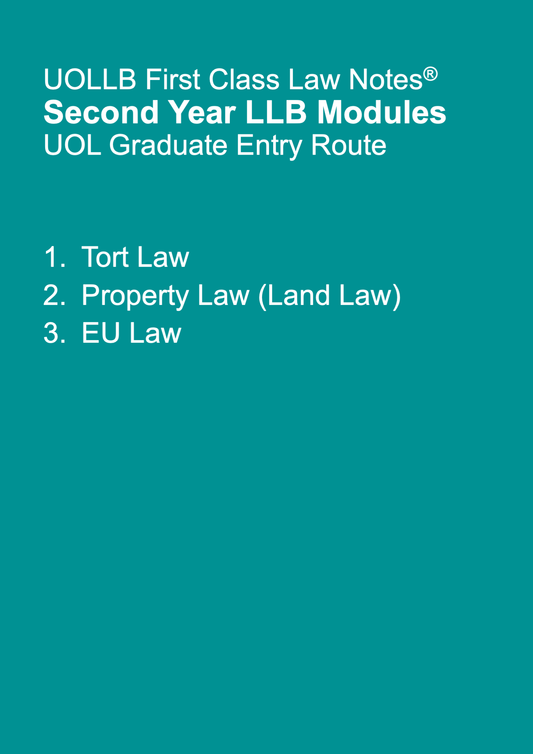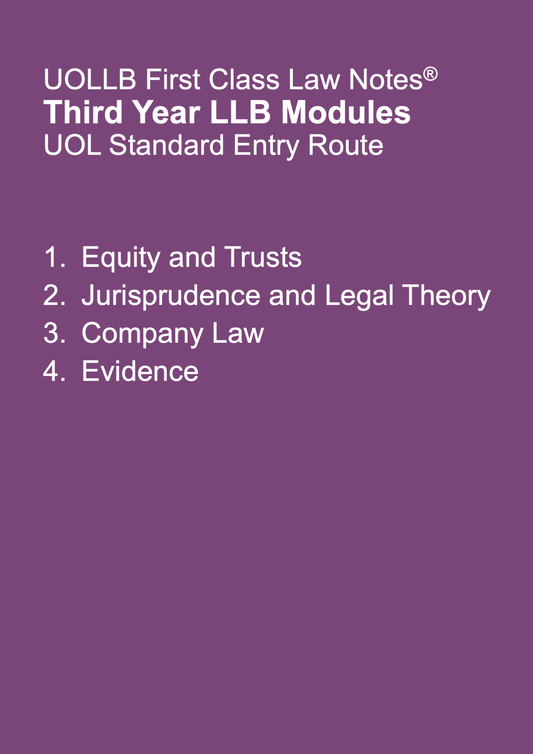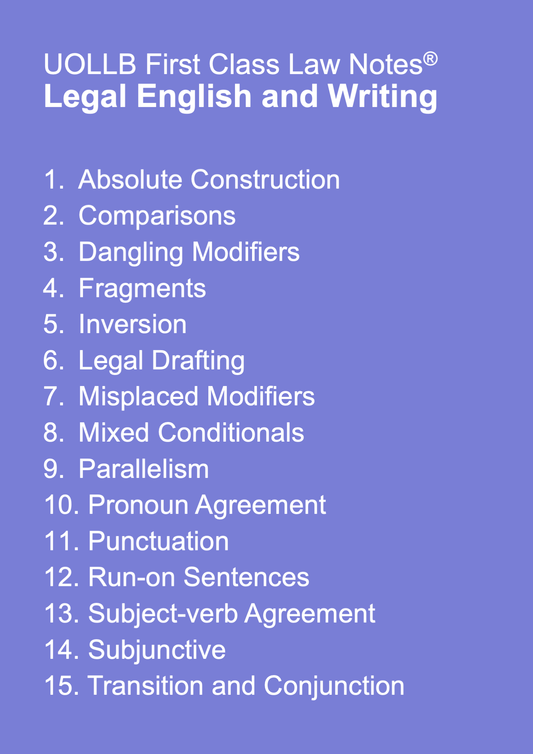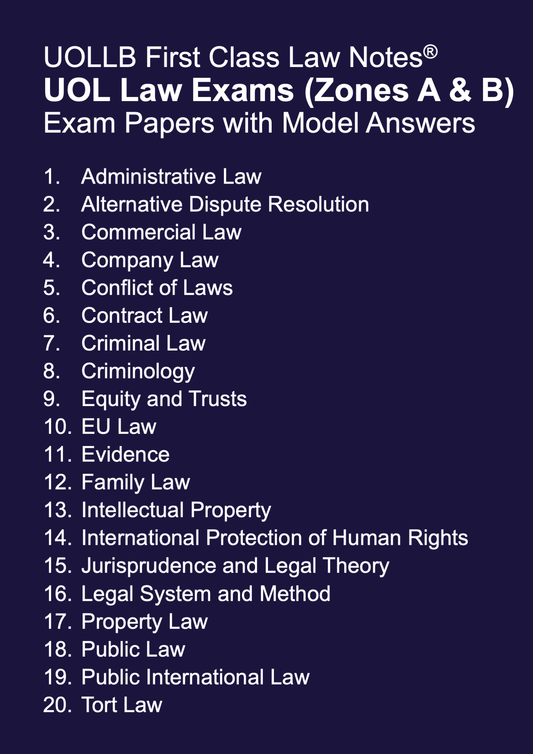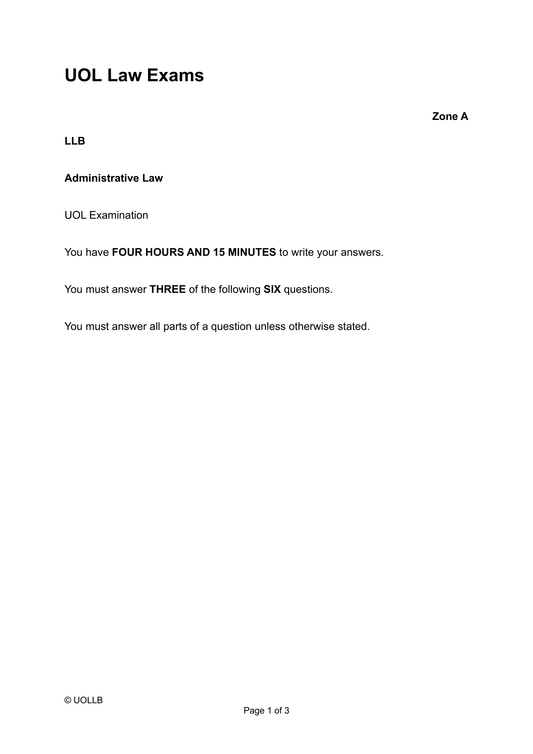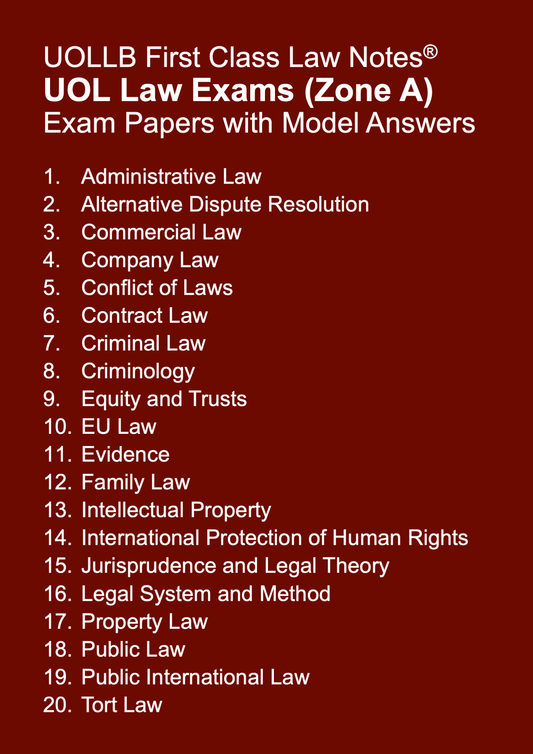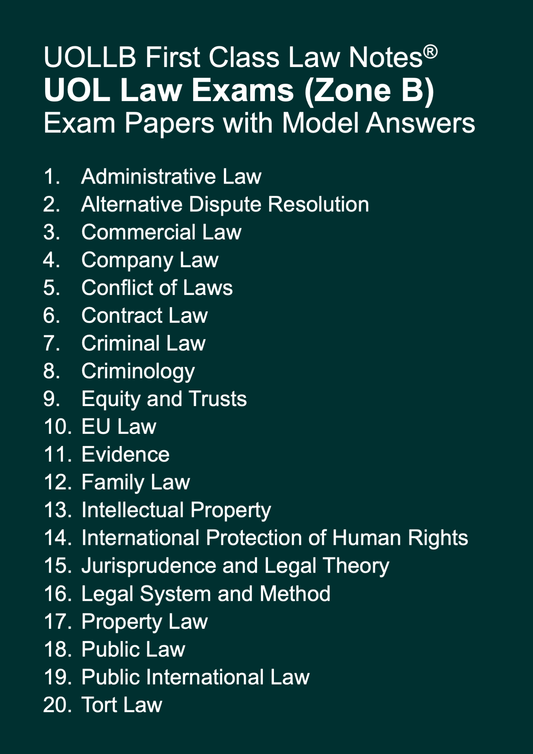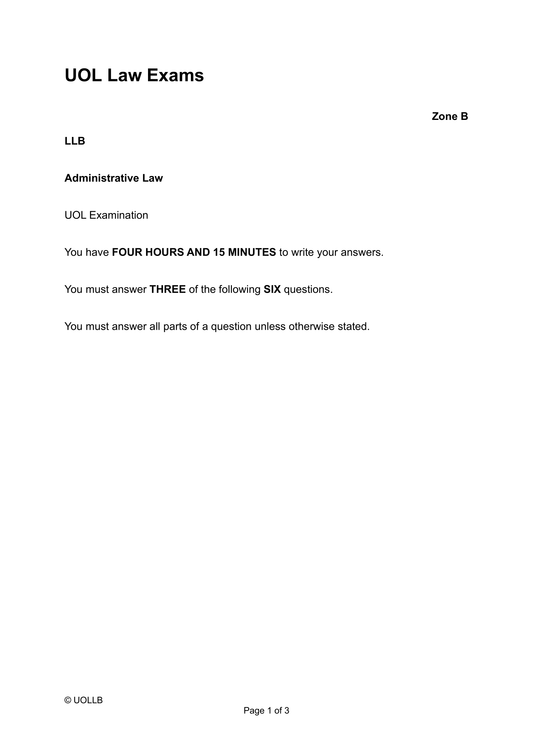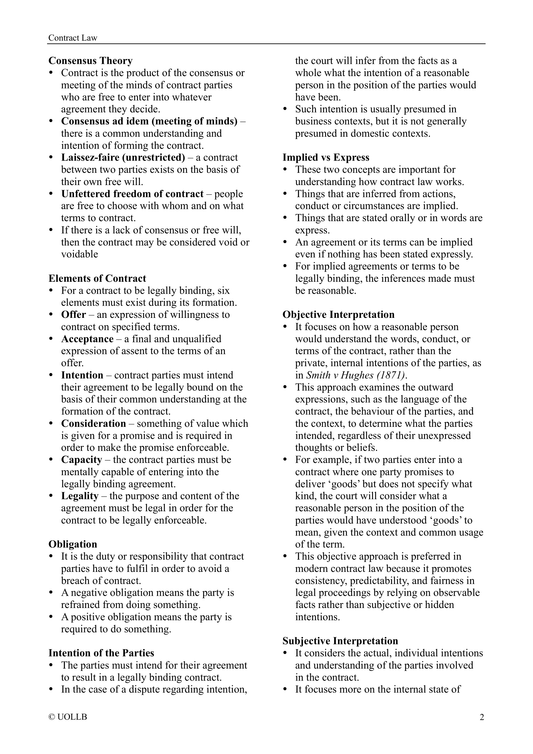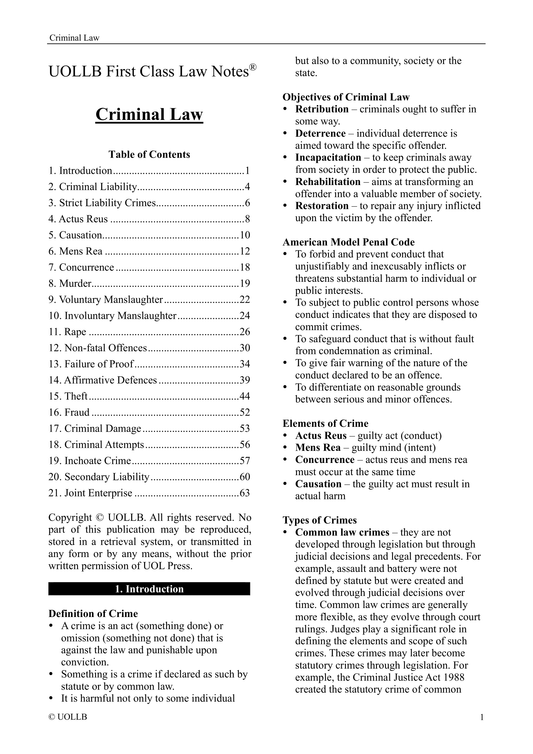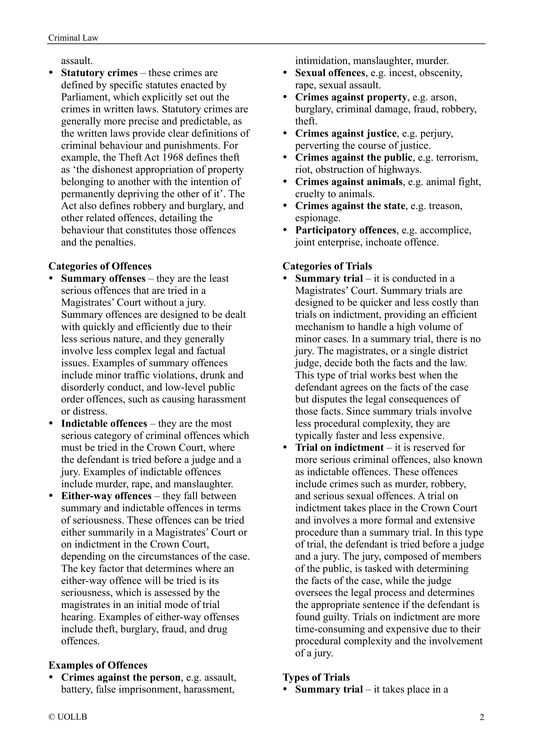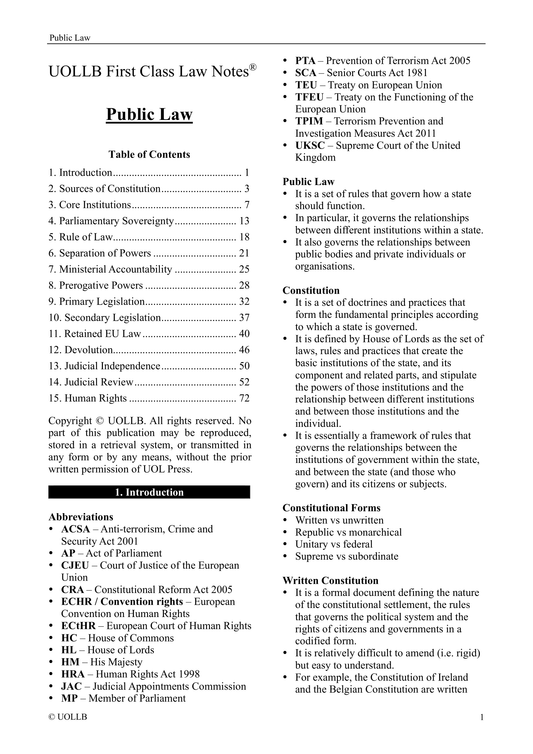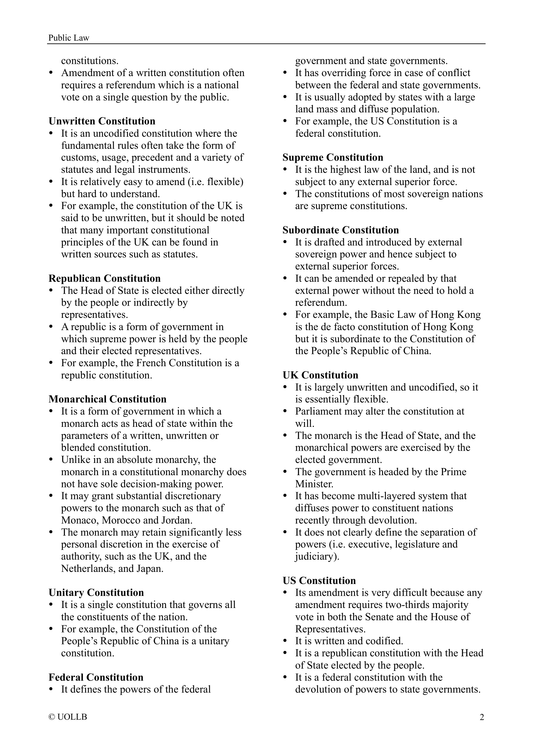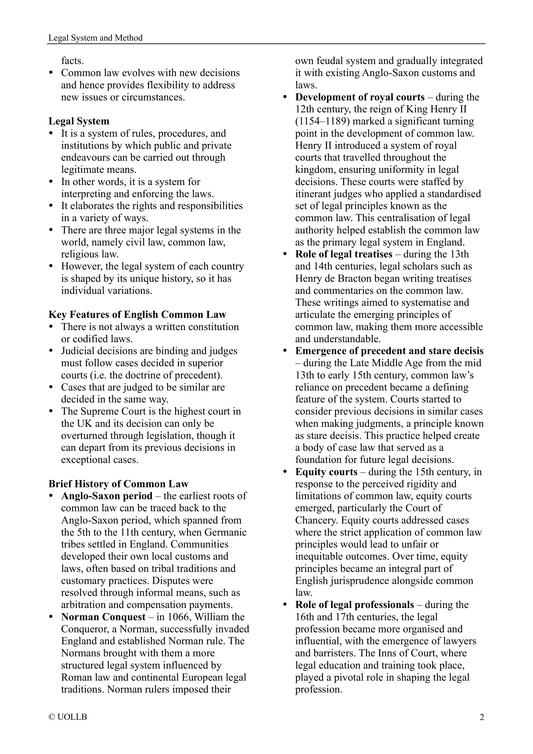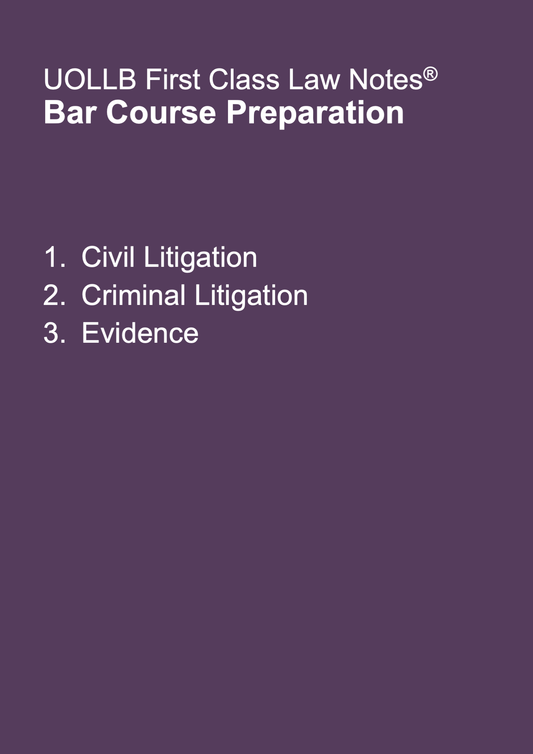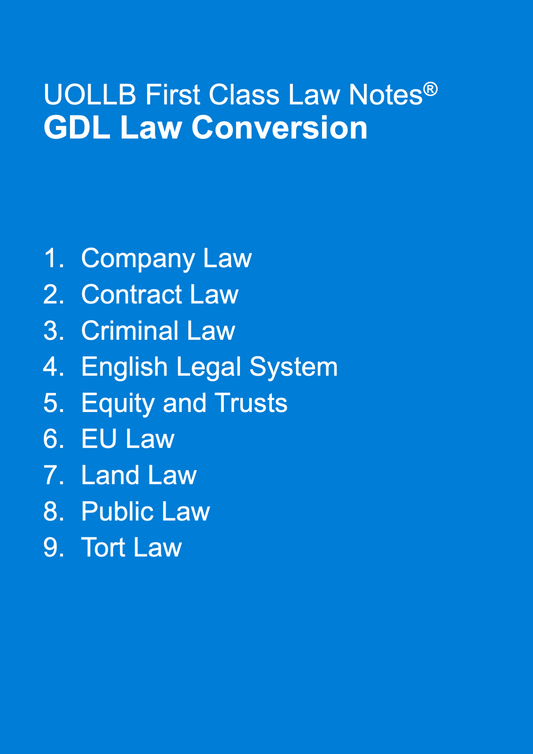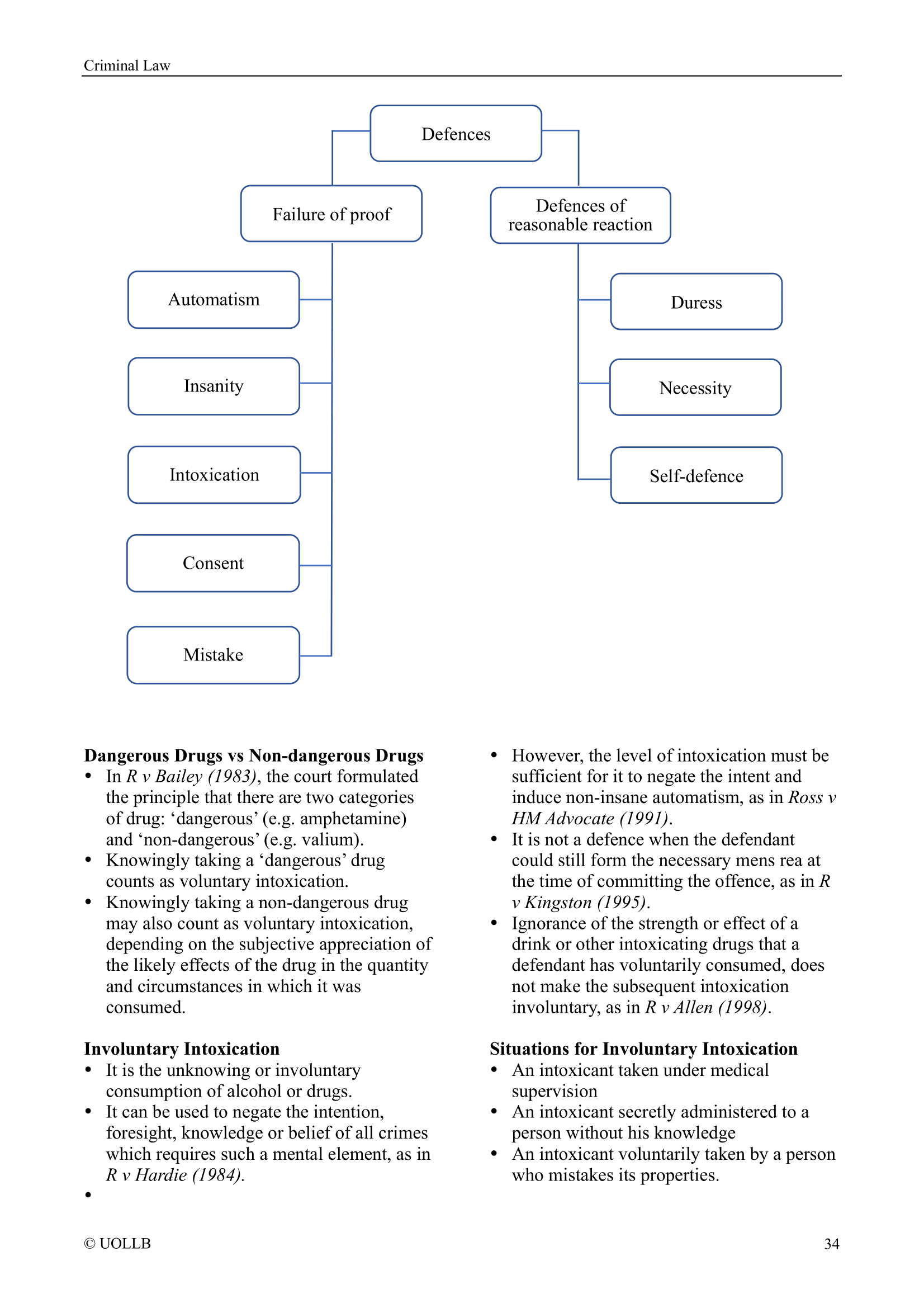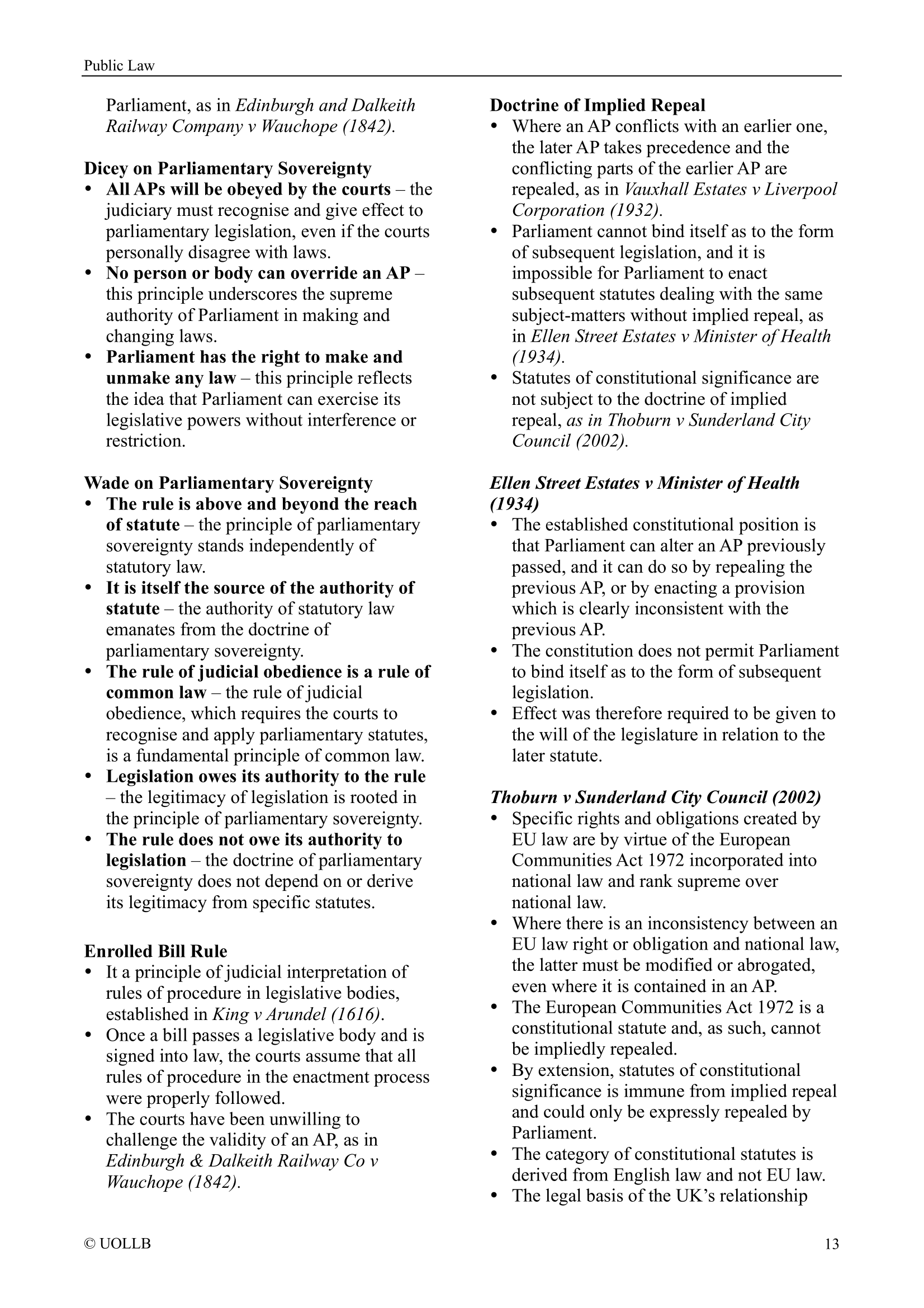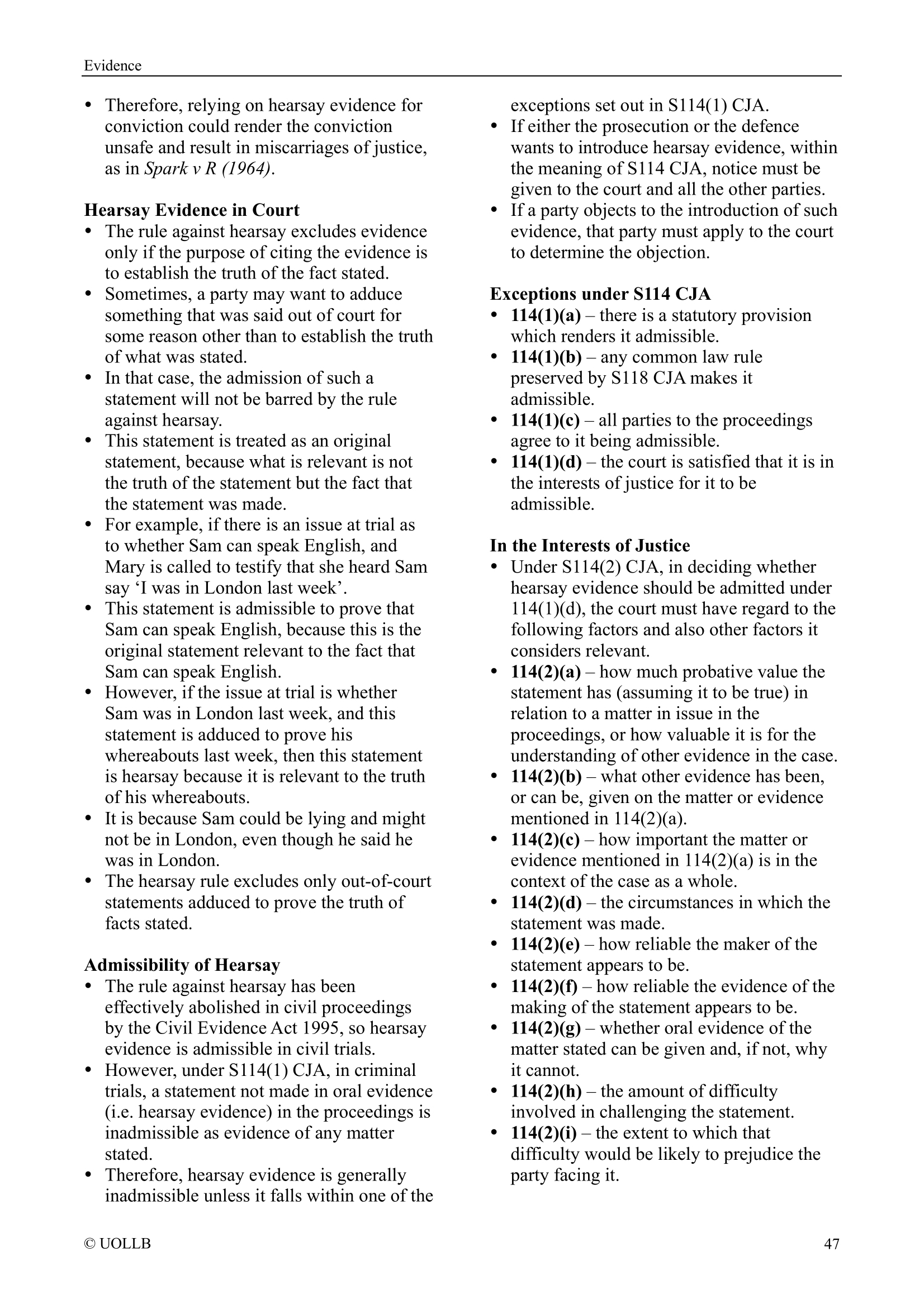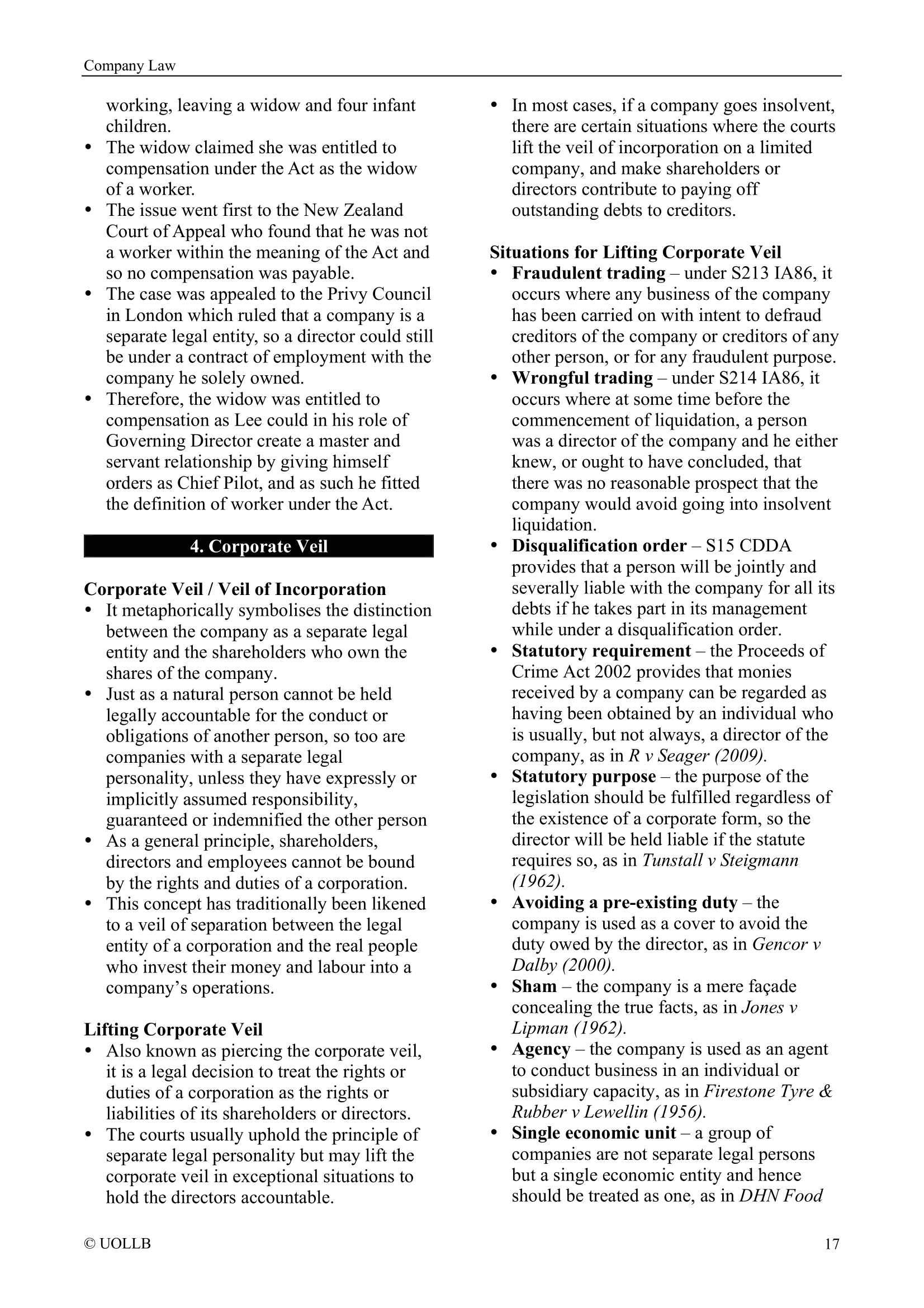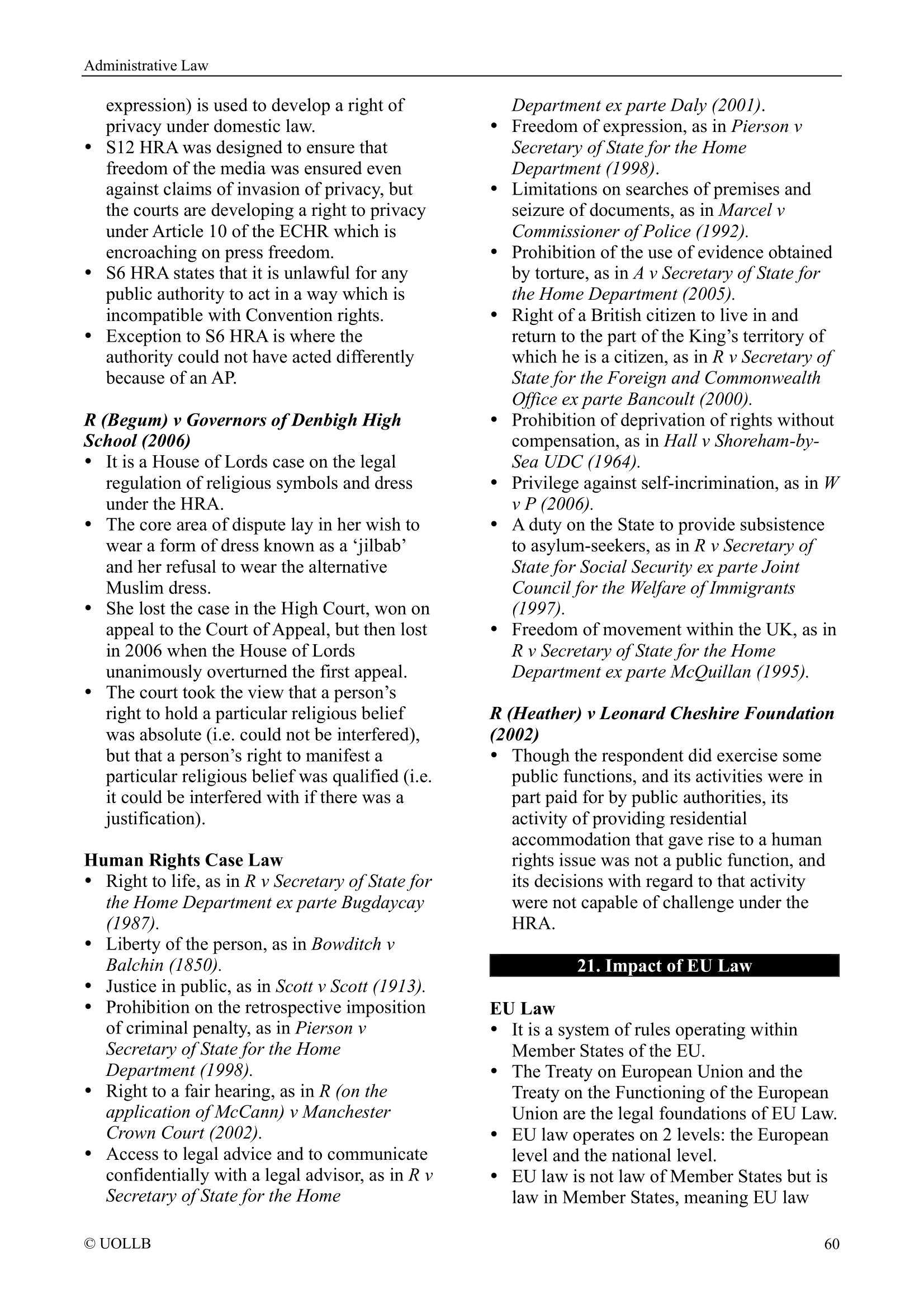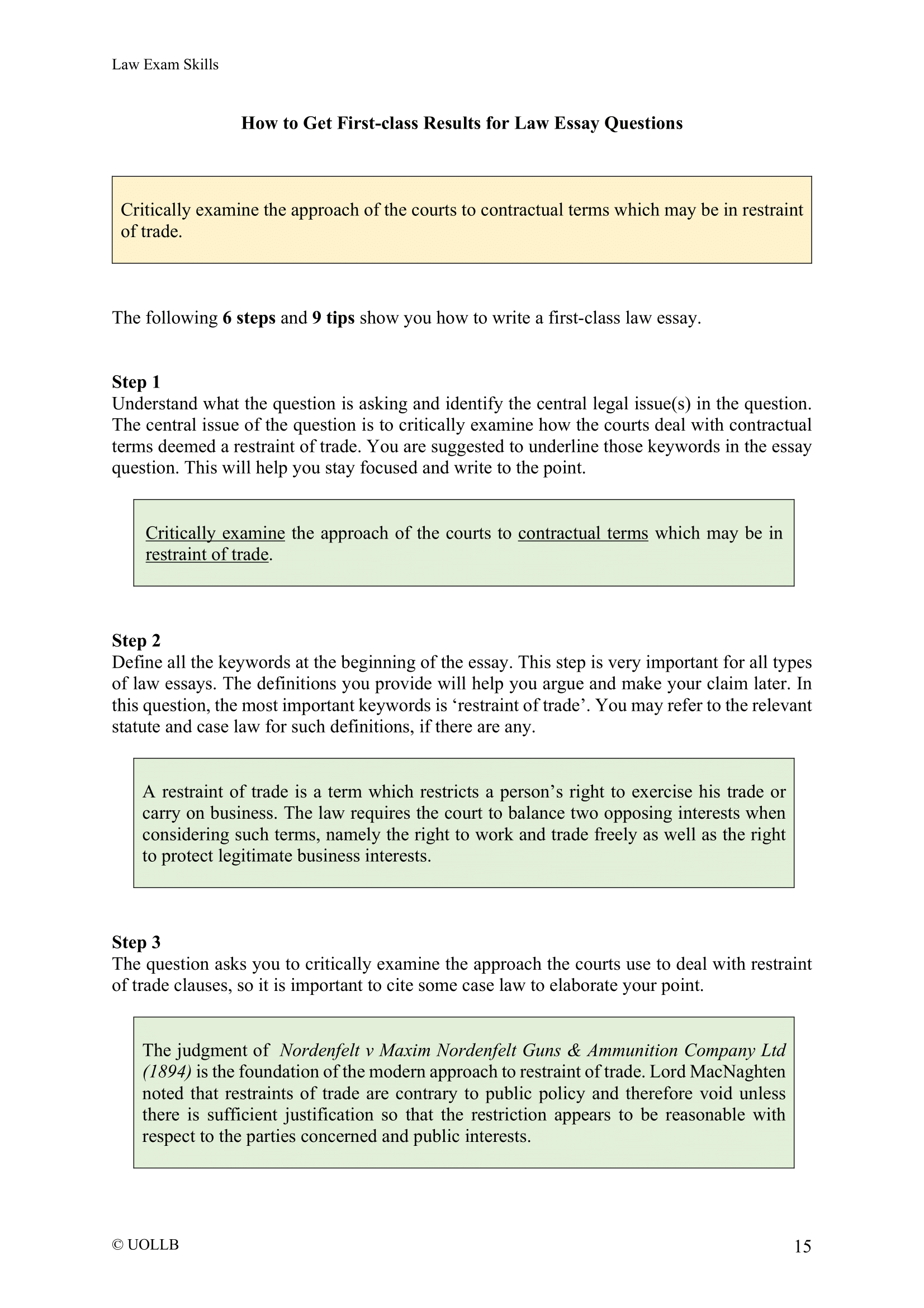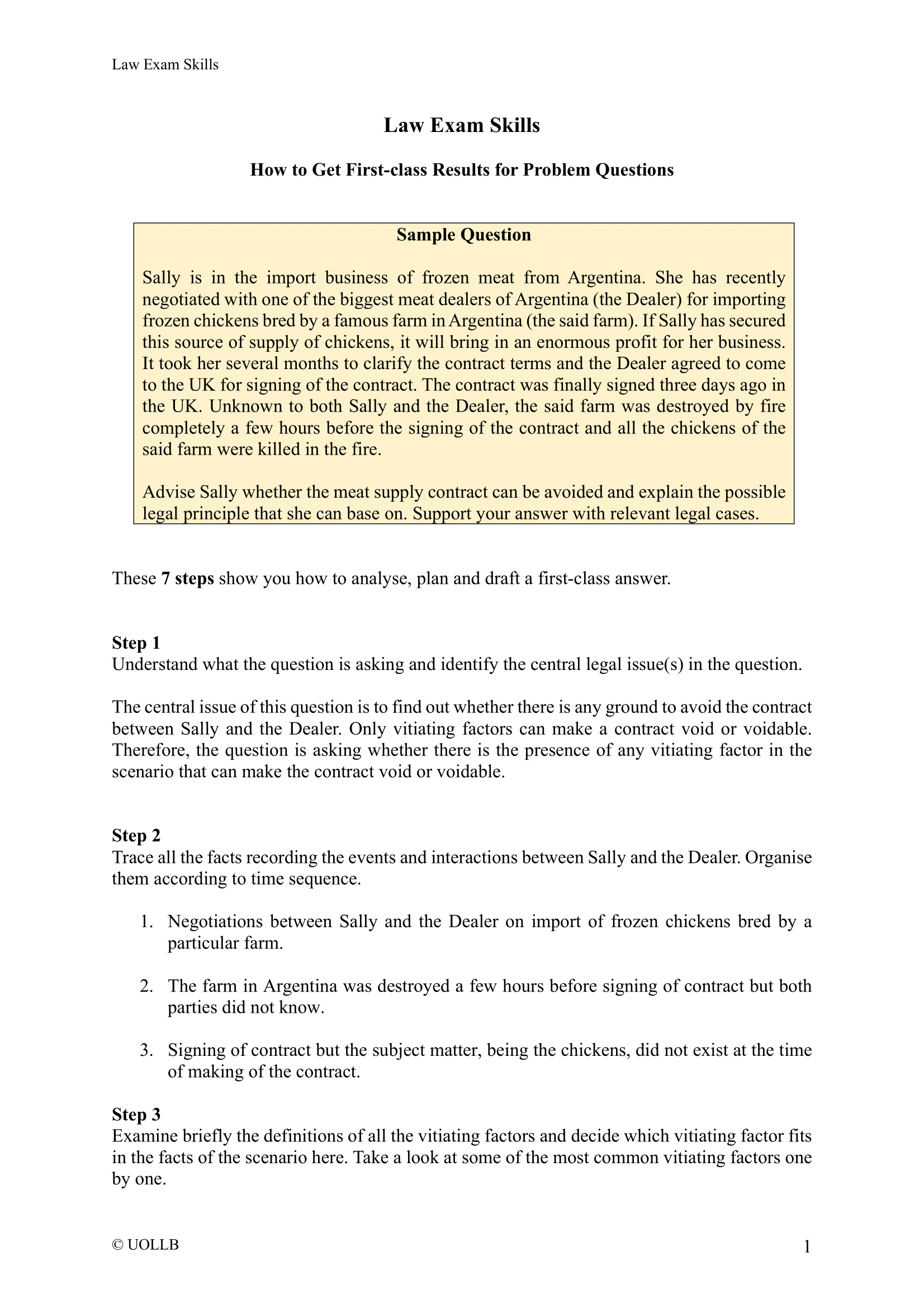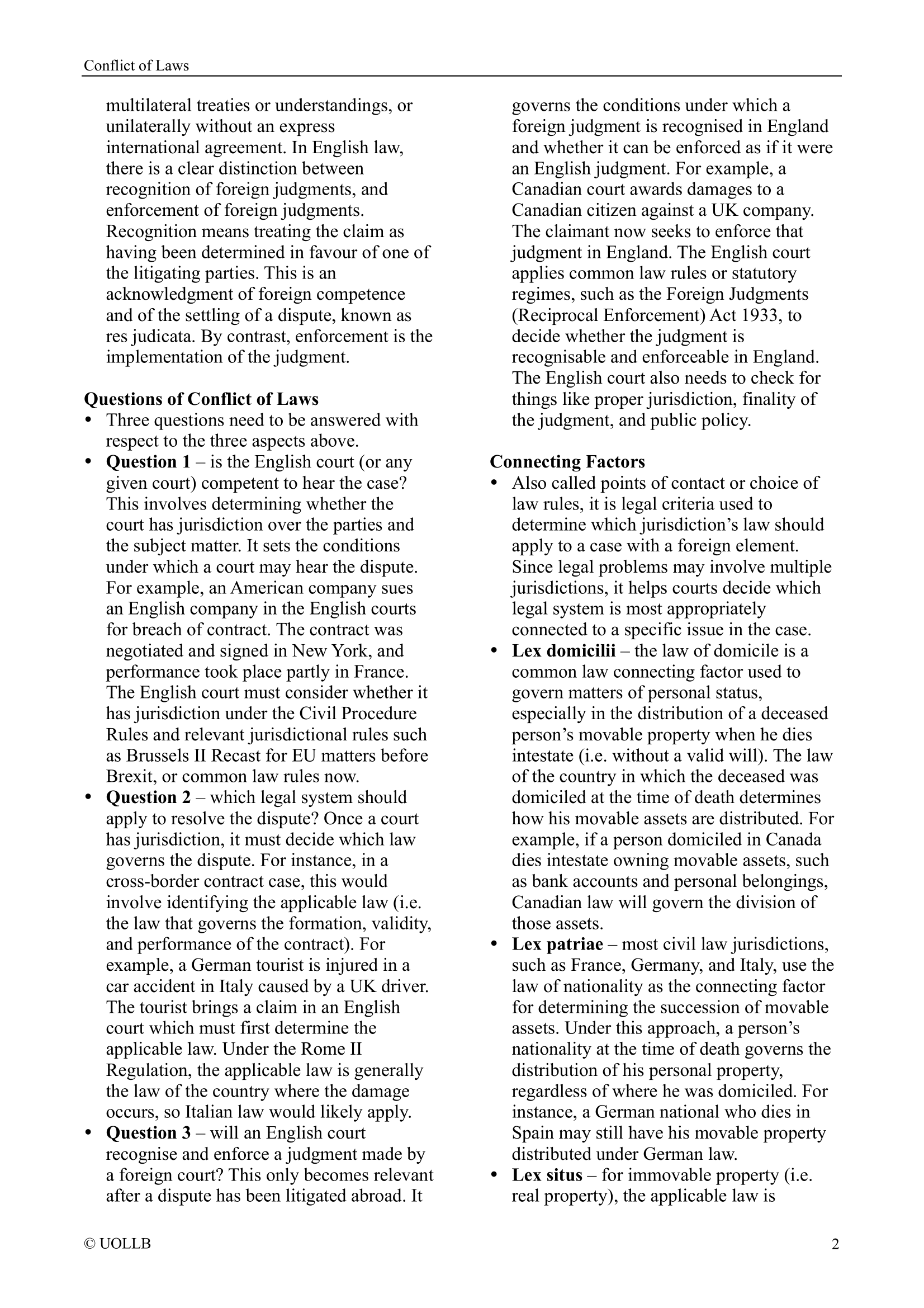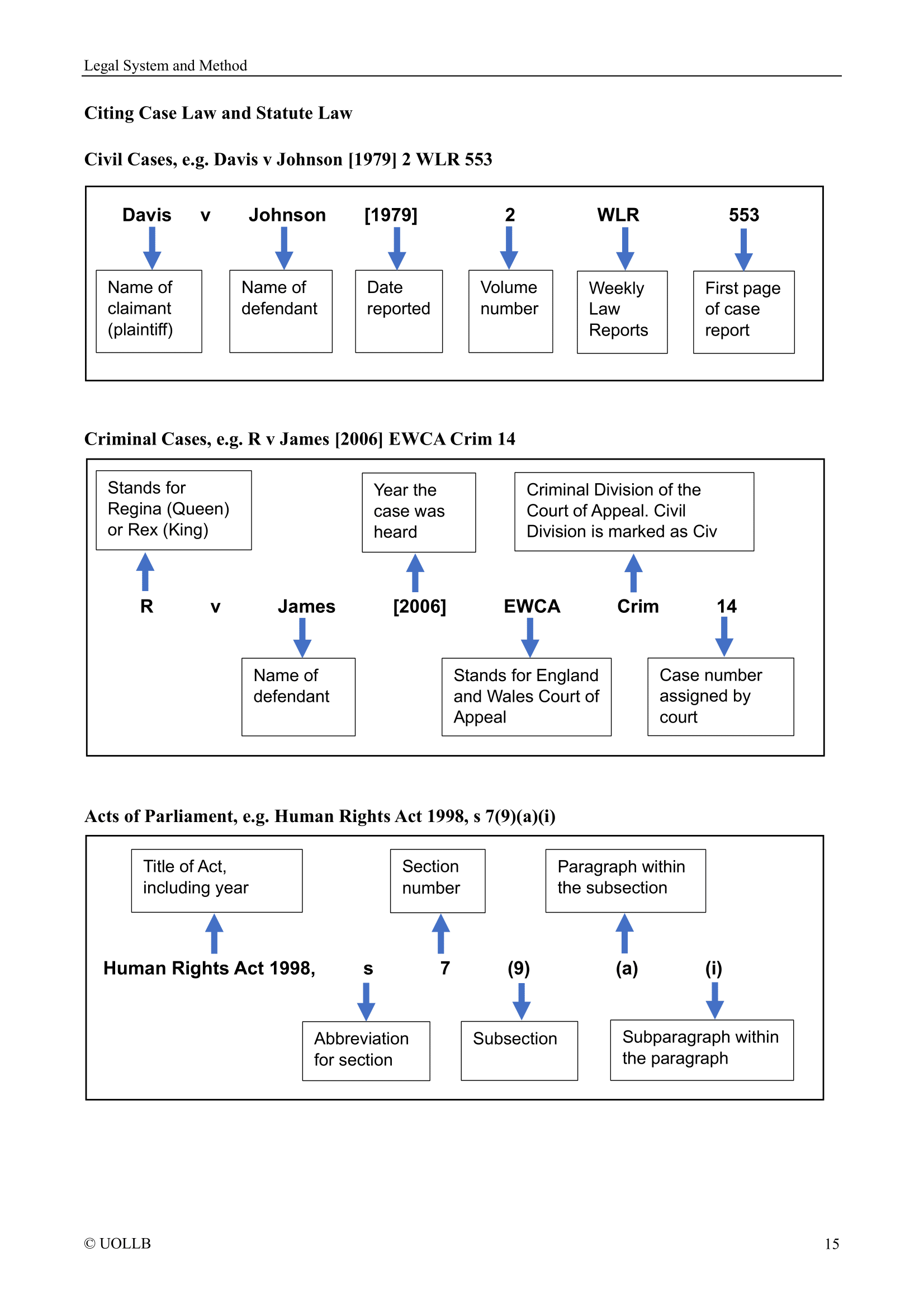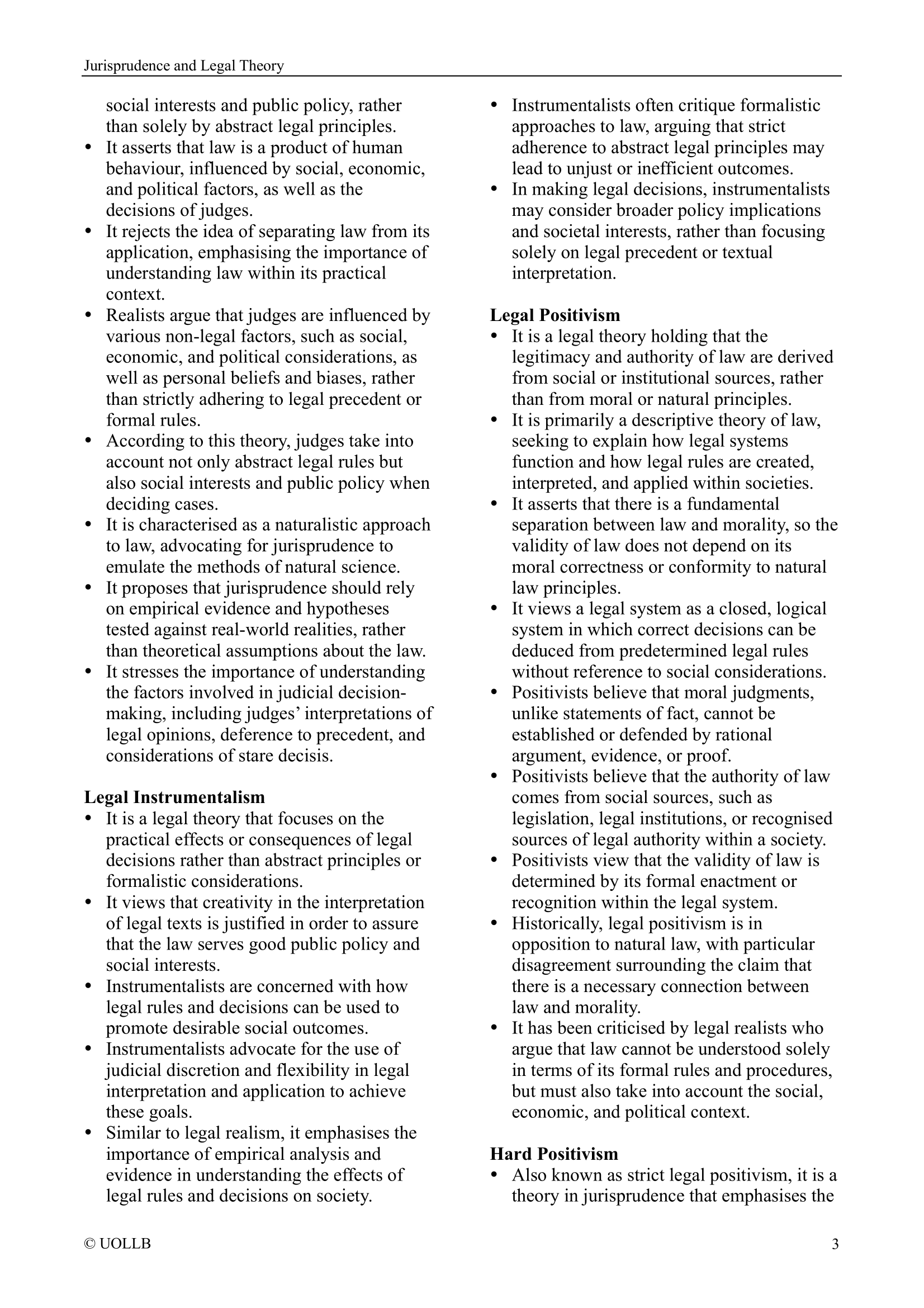10 Most Beautiful National Flags
Share
National flags are more than just pieces of fabric fluttering in the wind as they are powerful symbols of identity, heritage, struggle, and unity. A well-designed flag can capture the essence of an entire nation in just a few colours and shapes, reflecting its geography, culture, history, and values. Some flags stand out not only for their visual appeal but for the incredible stories they carry. In this blog post, we journey through 10 of the most beautiful national flags of our choice, each with a unique history and deep symbolism that elevates it far beyond mere aesthetics.
1. Barbados

The national flag of Barbados, officially adopted on November 30, 1966, symbolises the nation’s independence from Britain. It consists of three vertical bands: two ultramarine blue bands on the sides representing the sea and sky, and a golden band in the centre symbolising the sand of the island’s beaches. At the heart of the flag lies a broken black trident, a powerful symbol taken from the colonial badge that once featured Britannia holding a trident. The broken shaft of the trident signifies Barbados’s break from colonial rule, while the three prongs represent the democratic principles of government of, for, and by the people.
2. Dominican Republic

The national flag of the Dominican Republic is deeply intertwined with its religious and revolutionary history. Created by the nation's founding father Juan Pablo Duarte, the flag was first raised in 1844 when the Dominican Republic gained independence from Haiti. The design features a central white cross that divides the flag into four rectangles: blue (representing liberty) in the top left and bottom right, and red (symbolizing the blood of heroes) in the top right and bottom left. The most striking feature is the national coat of arms in the center, which includes a Bible (opened to John 8:32, "The truth shall make you free"), a cross, and a banner reading "Dios, Patria, Libertad" ("God, Fatherland, Liberty"). This uniquely spiritual and nationalist symbolism sets it apart from most other flags.
3. Panama

The Panamanian flag is a symbolic representation of the country’s political history and geographical significance. Designed by Manuel E. Amador, it was officially adopted in 1925. The flag is divided into four quarters: two white fields (top left and bottom right) symbolizing peace, a blue star in the top left representing the conservative party, and a red star in the bottom right representing the liberal party. The blue and red fields (bottom left and top right, respectively) further symbolise these political factions. Panama’s flag is notable for its balance of power and harmony, as well as its clean, modern aesthetic.
4. Norway

The national flag of Norway, adopted in 1821, is a Nordic cross flag that reflects both national pride and the country’s shared heritage with other Scandinavian nations. Its red field with a blue cross outlined in white was designed by Fredrik Meltzer, a member of the Norwegian parliament. The flag was influenced by the Danish Dannebrog (red with a white cross) and the Swedish flag (blue with a yellow cross), acknowledging Norway’s past political unions with both countries. The blue cross represents freedom and independence, while the colour scheme mirrors the ideals of liberty and democracy associated with revolutionary France and the United States.
5. Andorra

The national flag of Andorra reflects its unique position between France and Spain, both geographically and politically. The tricolour consists of vertical bands of blue, yellow, and red, a combination derived from the national colours of France (blue and red) and Spain (red and yellow). The coat of arms in the center features a quartered shield symbolising the bishop of Urgell, Count of Foix, Catalonia, and Béarn, representing the historical co-princes of Andorra. The Latin motto "Virtus Unita Fortior" ("United virtue is stronger") appears beneath. This complex symbolism highlights Andorra’s diplomatic balancing act and its sovereign resilience over centuries.
6. Iceland

Iceland’s flag is another Nordic cross design, officially adopted in 1915 (and confirmed as the national flag in 1944 when Iceland became a republic). It features a red cross within a white cross, set on a deep blue field. The blue symbolises the Atlantic Ocean and Iceland’s mountains, the white represents snow and ice, and the red stands for volcanic fire and the island's geological energy. The design aligns Iceland with other Scandinavian nations while emphasising the stark and dramatic natural landscape that defines the island. Its simplicity and symbolic depth contribute to its visual and cultural impact.
7. South Korea

The national flag of South Korea, known as the Taegeukgi, is steeped in Eastern philosophy and national identity. It features a white background symbolising peace and purity. At the centre is a red and blue taegeuk symbol (similar to yin-yang), representing the balance of opposites, such as heaven and earth, male and female, light and dark. Surrounding the taegeuk are four black trigrams, each derived from the I Ching, an ancient Chinese text, and symbolising elements of nature (heaven, earth, fire, and water). The flag embodies harmony, balance, and unity, deeply resonating with Korea’s Confucian and Taoist traditions.
8. United Kingdom

The Union Jack is one of the most recognisable national flags in the world, representing the United Kingdom of Great Britain and Northern Ireland. It is a composite of three older national flags: the red cross of St. George (England), the white saltire of St. Andrew (Scotland), and the red saltire of St. Patrick (Ireland). This design was finalised in 1801 following the union with Ireland. The flag is a powerful symbol of the British Empire, past and present, and reflects centuries of political union and shared monarchy. Despite debates over national identities, it continues to evoke a strong sense of tradition and global recognition.
9. France

The French Tricolore, adopted in 1794 during the French Revolution, is a potent symbol of liberty, equality, and fraternity, which are the core values of the Republic. The flag consists of three vertical bands: blue, white, and red. These colours were originally associated with Paris (blue and red) and the Bourbon monarchy (white). Over time, the tricolour came to represent the citizenry’s unity with the monarchy and ultimately the sovereign French nation after the fall of the Ancien Régime. The clean design and revolutionary origins have influenced countless other national flags around the world.
10. Canada

Canada’s flag, affectionately known as the Maple Leaf, was officially adopted on February 15, 1965, and is a symbol of national unity and identity. It features two vertical red bands on either side of a white square bearing a stylised, 11-pointed red maple leaf at its centre. The maple leaf had long been associated with Canadian identity and nature, used by Canadian military regiments and in earlier emblems. The red and white colours are Canada's official national colours, proclaimed by King George V in 1921. Designed by George F.G. Stanley, the flag broke with colonial imagery to reflect a modern, independent Canada, both peaceful and proudly multicultural.
From the volcanic landscapes of Iceland to the cultural crossroads of Andorra, national flags are artistic expressions of a country's soul. Each design speaks volumes about a nation's past struggles, present identity, and future aspirations. These ten flags are not only visually stunning but also rich in meaning, heritage, and emotion. They remind us that the beauty of a flag lies not just in its colour or composition, but in the values it stands for and the people it represents. Do you agree with our choices?

